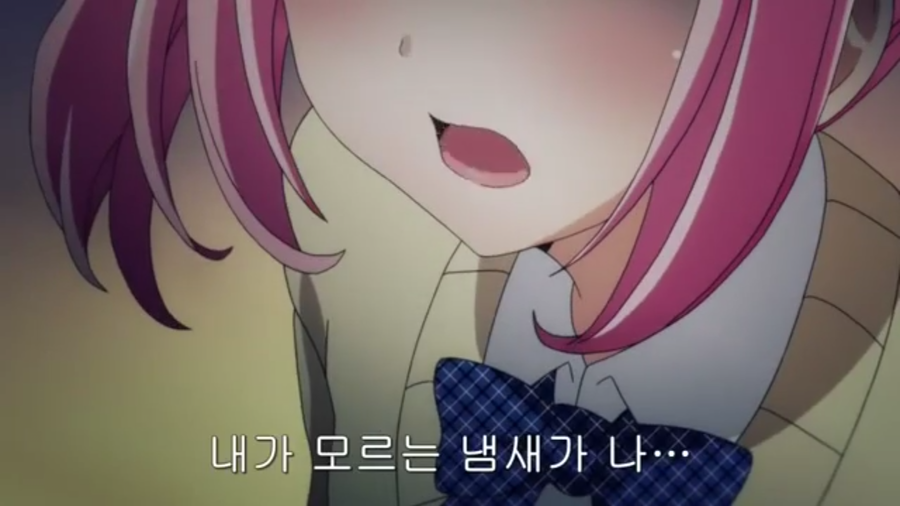

Sometimes, students discover that their efforts lead to real action. They also gain real-world experience in using their communication skills to get across ideas clearly and concisely. When students present their work publicly, they find out what it's like to respond to challenging questions and to receive constructive critique. Presenting to an authentic audience is not only motivating for students, but can take learning deeper.

It takes effort to line up an expert willing to review student presentations, but Reilly saw firsthand the motivation that a "real" audience gave his students.įor another example of students sharing their final products with a community audience, watch the video Anatomy of a Project: Kinetic Conundrum, from Edutopia's Schools That Work series. "After listening, he offered compliments and constructive comments on each song," Reilly recalls on the CDAT blog. Grammy-nominated singer-songwriter Montell Jordan (who recorded the #1 hit "This is How We Do It") sat down with students in the school's state-of-the-art music technology lab. Earlier this year, when it was time for them to share the results of a project that combined poetry and music, they had a surprise visit from someone who knows what excellence sounds like. Working in a studio setting, his students produce a wide range of creative products to demonstrate their learning. Mike Reilly teaches ninth-graders in the interdisciplinary Center for Design and Technology at Lanier High School in Sugar Hill, Georgia.

It also adds to the real-world experience of PBL, connecting students with the world beyond the classroom. Sharing final products with an audience brings students valuable feedback and an opportunity to reflect on what they have learned. What sorts of products would you expect from a biologist, poet, physicist, or social scientist? What do professionals from these fields make, do, or perform? How is their work evaluated? The Coalition for Essential Schools suggests a wide range of products to jump-start your thinking. Allow students room to make choices, as long as their choices align with the learning goals you have selected at the start.Īs you consider options for final products and how you plan to assess them, think about your discipline. The same project might yield student-made videos, public presentations, or artistic creations. One caveat: You may not know exactly how students will demonstrate their learning. This sets the stage for authentic assessment - leading students to the "end" you've imagined at the start of the project. Instead of taking a test that asks them to recall information, they are synthesizing ideas and building on what they've learned to create something new. And then that ripples back into your design, what activities will get you there? What teaching moves will get you there?"Īt the culmination of a project, students demonstrate what they have learned with a product, performance, or presentation. He elaborates: "If you achieve your objective (with students), what does it look like? What's the evidence that they got it? What's the evidence that they can now do it, whatever the "it" is? So you have to think about how it's going to end up, what it's going to look like. As Wiggins explains in an interview with Edutopia, backward design causes teachers to focus on important learning goals as they design projects. Grant Wiggins and Jay McTighe, co-authors of Understanding by Design, call this approach backward design. "Starting with the end in mind" is an oft-repeated refrain in project-based learning.


 0 kommentar(er)
0 kommentar(er)
